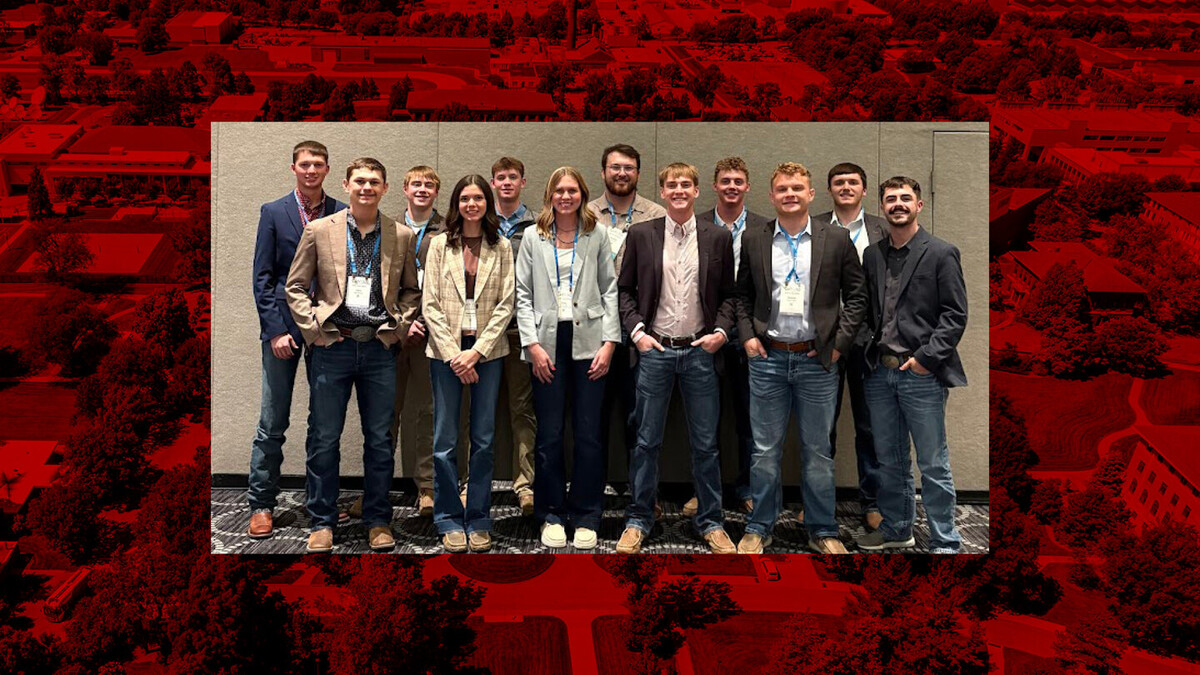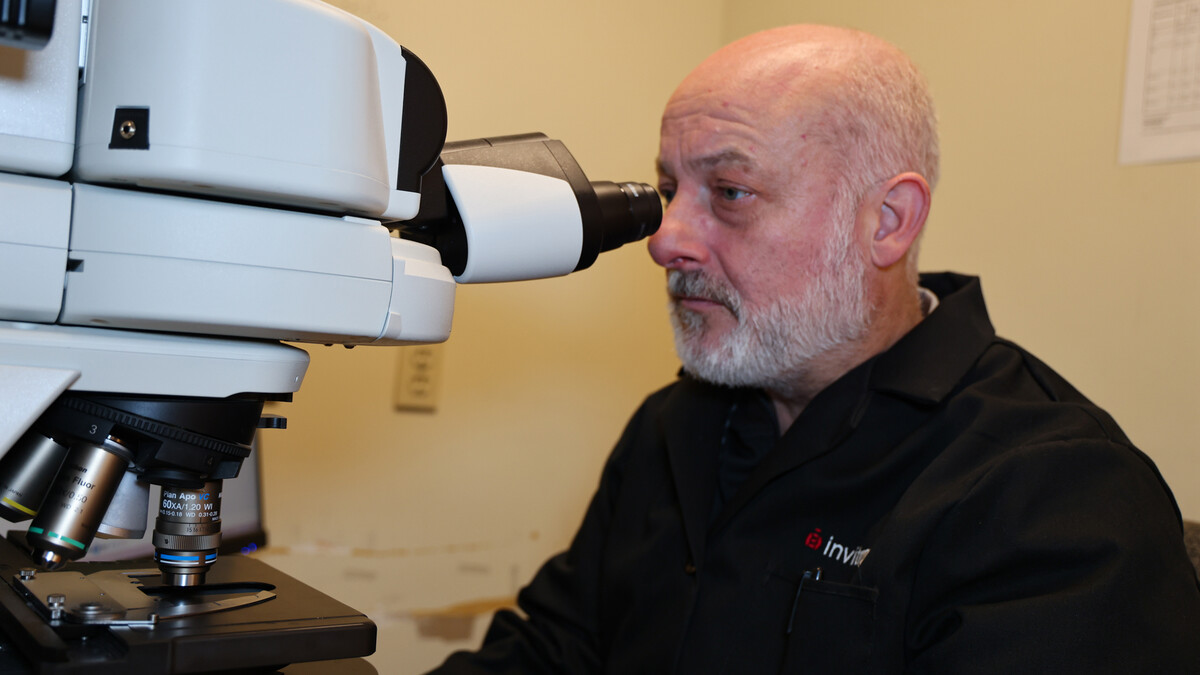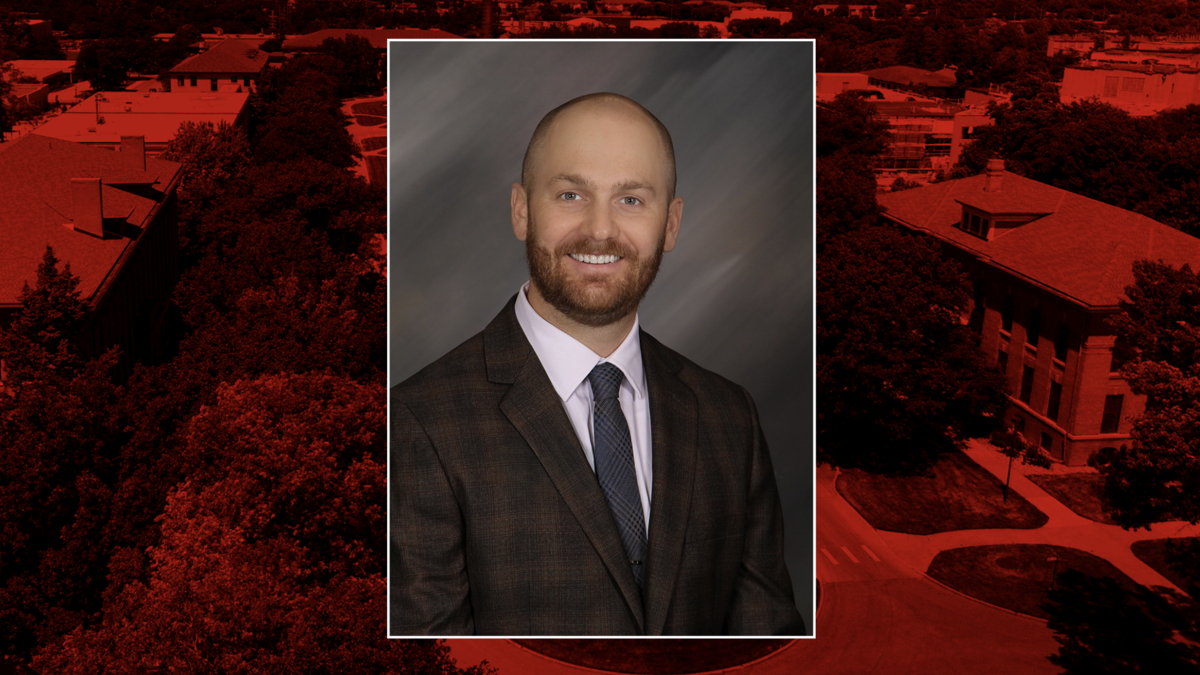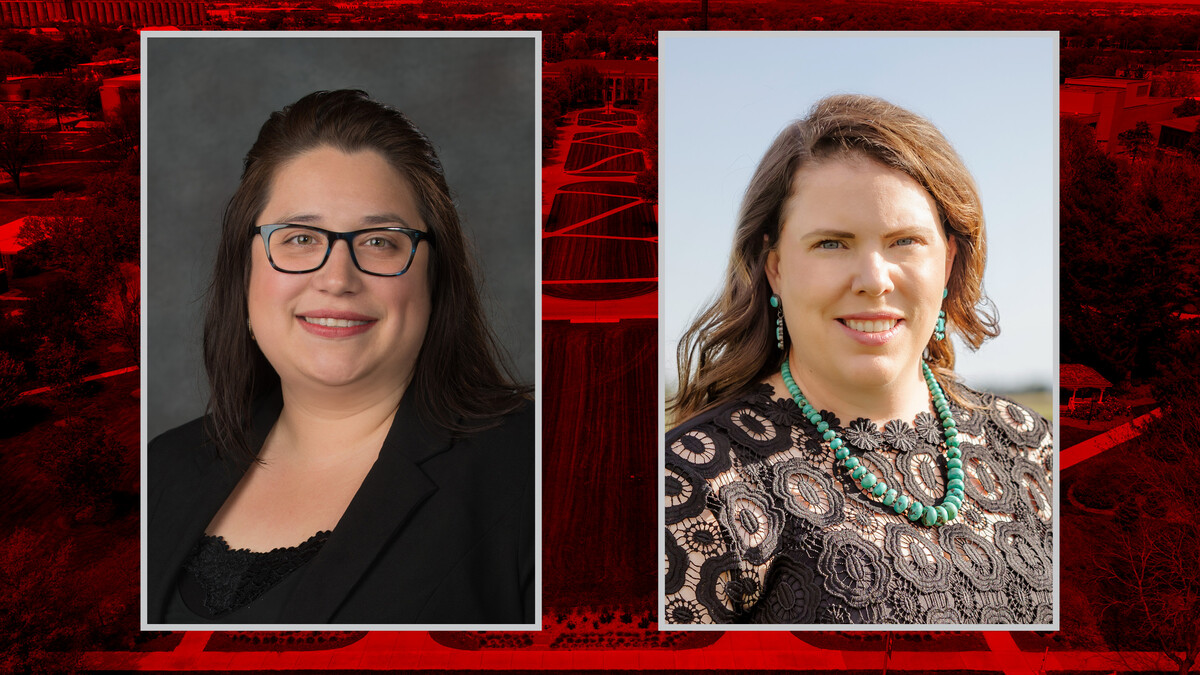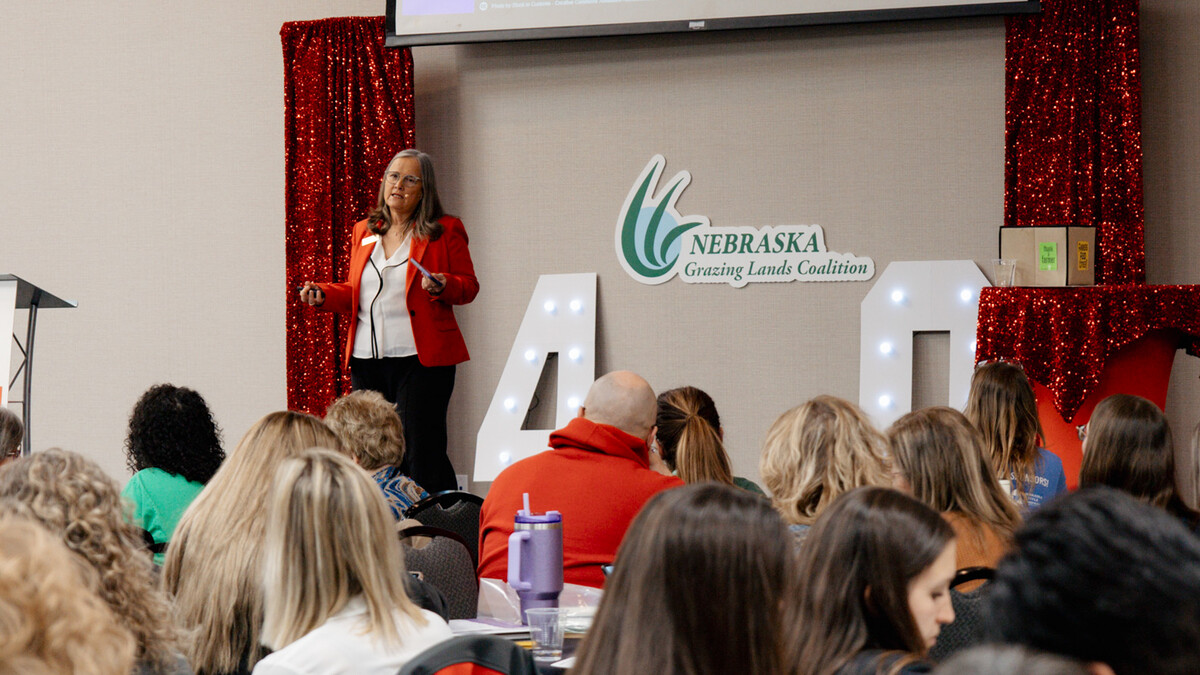June 6, 2014
LINCOLN, Neb. — Private drinking water wells may have been inundated with storm water runoff during Tuesday night's storm, a University of Nebraska-Lincoln Extension water quality educator said.
If flood water came near a private drinking water well, its water supply may have been contaminated with pollutants carried in the floodwater, said Sharon Skipton, UNL Extension water quality educator.
In addition, wells can be contaminated by surface water runoff even if the surrounding area is not flooded. Wells at greatest risk of contamination from flood water or surface water runoff include:
– Wells located in well pits.
– Dug wells or any wells that do not have a watertight casing.
– Wells that do not have watertight caps.
– Wells that lack a grout seal in the annular space.
– Wells that were submerged with flood water or surface water runoff.
Homeowners and others who think their private drinking water well was impacted by flood water should not use the water for cooking, drinking, or brushing teeth until laboratory analysis confirms it is safe, Skipton said.
"They should also contact a licensed well contractor," she said.
The contractor should:
– Inspect the well.
– Clean out any debris or sediment that entered the well.
– Disinfect the well with shock chlorination. The system must be flushed (3-4 hours) after the disinfectant has been retained undisturbed in the system 6-8 hours to remove any debris and flush contaminates from the water system before testing for drinkability.
"Next, contact a certified testing laboratory and tell them you want to have your private water supply tested for bacteria," Skipton said. "They will provide a test kit with detailed instructions."
Don't use private well water until the laboratory states it safe and free of bacterial contamination. It may be necessary to repeat the disinfection and testing process several times before the well is free of contamination.
"If flood water came close to your well (100 feet or less) but did not reach the well, have your water tested as a precaution," Skipton said.
For more information, visit the flood.unl.edu web site.
Sharon O. SkiptonWater Quality Educator
UNL Extension
402-444-7804
sharon.skipton@unl.edu
Sandi Alswager Karstens
IANR News Service
402-472-3030
skarstens2@unl.edu
